

Map3 (YC W23) connects crypto services to Wallets, Exchanges & Bridges. Enable deposits from over 250 wallets and dozens of chains without a single backend change.
Brydge is an IoT SDK that connects offline devices to mobile apps using BLE, creating a secure connection and preventing data loss.
Reactide is a powerful desktop application that revolutionizes the development of React components. With its remarkable live previewing options, developers can now streamline their workflow and achieve greater efficiency in building high-quality components. This platform offers a comprehensive set of tools and features that allow users to create and test React components effortlessly. Reactide is an excellent choice for developers seeking to improve their productivity and enhance the development process. Its intuitive interface and robust functionality make it a must-have tool for any modern developer working with React.
AWS Lambda is a revolutionary serverless compute service that provides a seamless platform for developers to run their code in response to events, without the need for managing and provisioning underlying compute resources. This service facilitates automatic scaling of resources in real-time, allowing developers to focus solely on writing code rather than managing infrastructure. With its highly-scalable and low-cost architecture, AWS Lambda has gained widespread popularity among developers who want to build highly responsive, event-driven applications with minimal effort. In this article, we will explore the features and benefits of AWS Lambda in detail.
Apiary is a powerful platform that simplifies the complex process of API development by providing an all-in-one solution for designing, documenting, testing, and deploying APIs. With its user-friendly interface and advanced features, Apiary streamlines the development process, allowing developers to focus on creating high-quality APIs that meet their specific needs. Whether you're a seasoned developer or just starting out, Apiary provides an intuitive and efficient way to develop APIs quickly and easily, giving you the tools you need to succeed in today's fast-paced digital landscape.
Tyk is a revolutionary open-source API gateway and microservices management platform that streamlines the development of APIs. With its user-friendly interface, Tyk simplifies the process of creating and deploying APIs, making it possible for developers to focus on more critical aspects of application development. It offers a wide range of features, including policy management, analytics, throttling, and authentication, making it an ideal choice for businesses looking to improve their API management and accelerate their development process. In this article, we will explore Tyk in-depth and highlight its essential features and benefits.
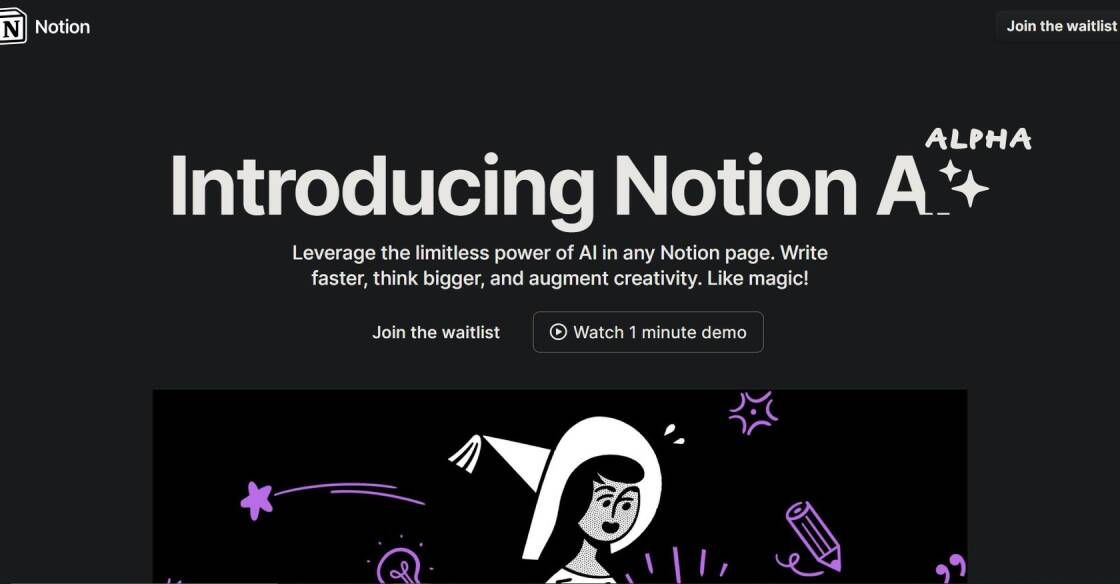
Notion AI
Leverage the limitless power of AI in any Notion page. Write faster, think bigger, and augment creativity. Like magic!
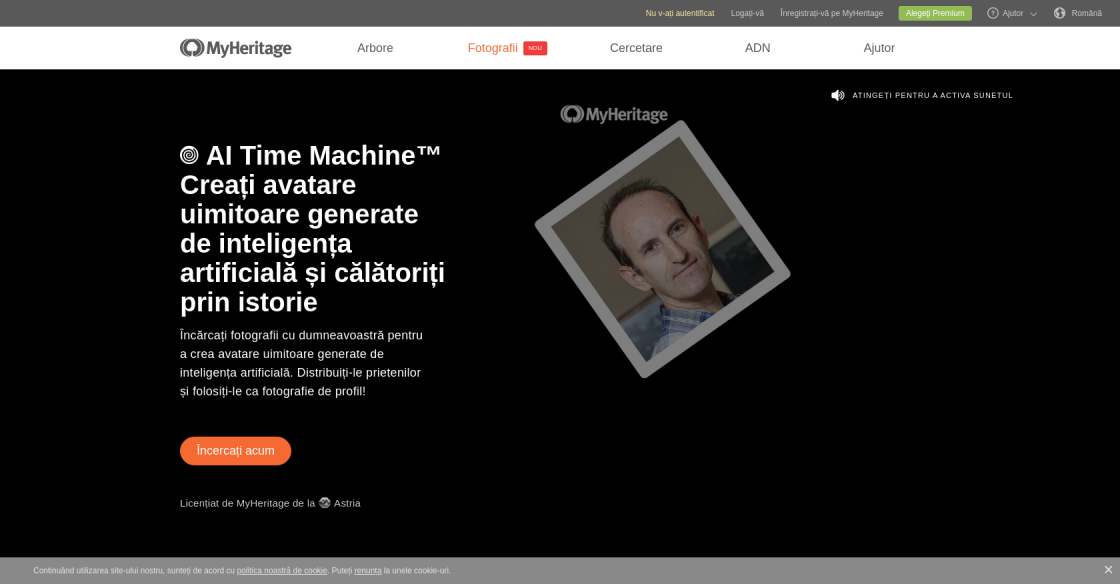
AI Time Machine
AI Time Machine™ : créez des avatars IA et voyagez dans le temps
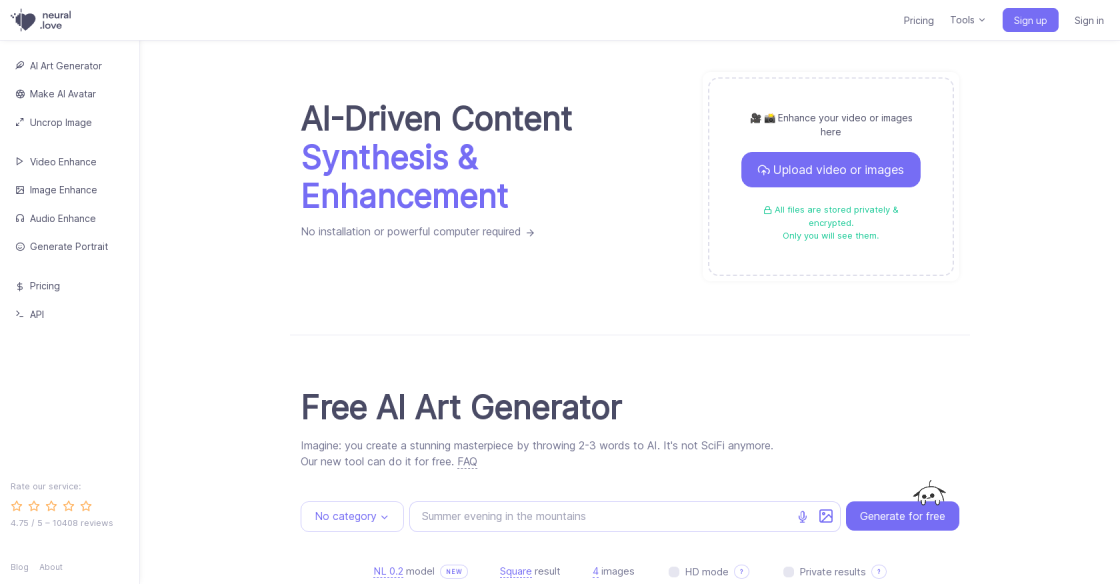
Neural.Love
Free AI Image Generator & AI Enhance | neural.love
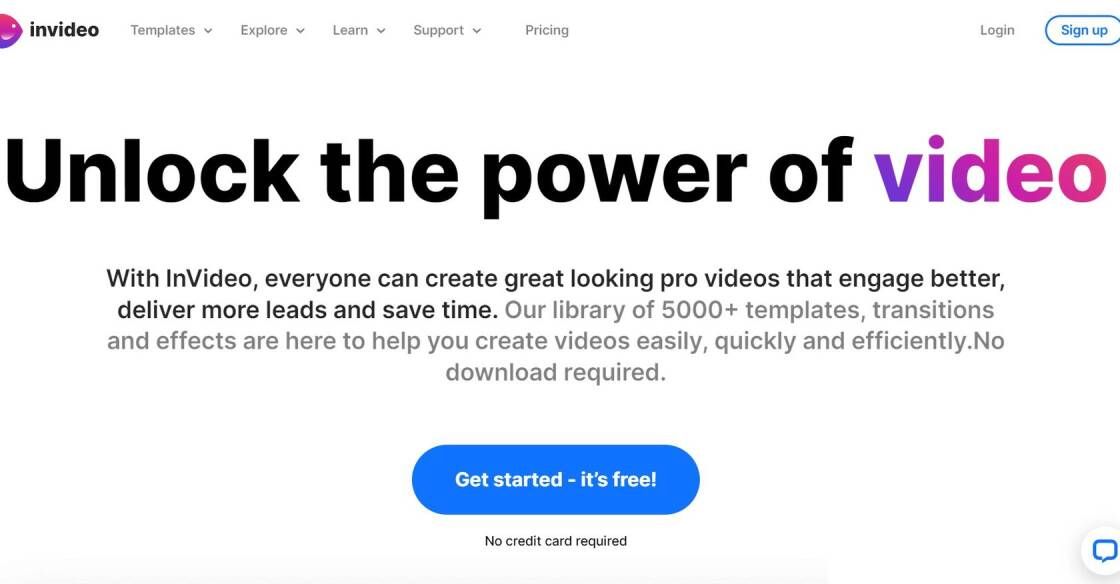
InVideo
AI-Powered Video Creation

Playground AI
AI-Generated Music

Civitai
Creating Intelligent and Adaptive AI
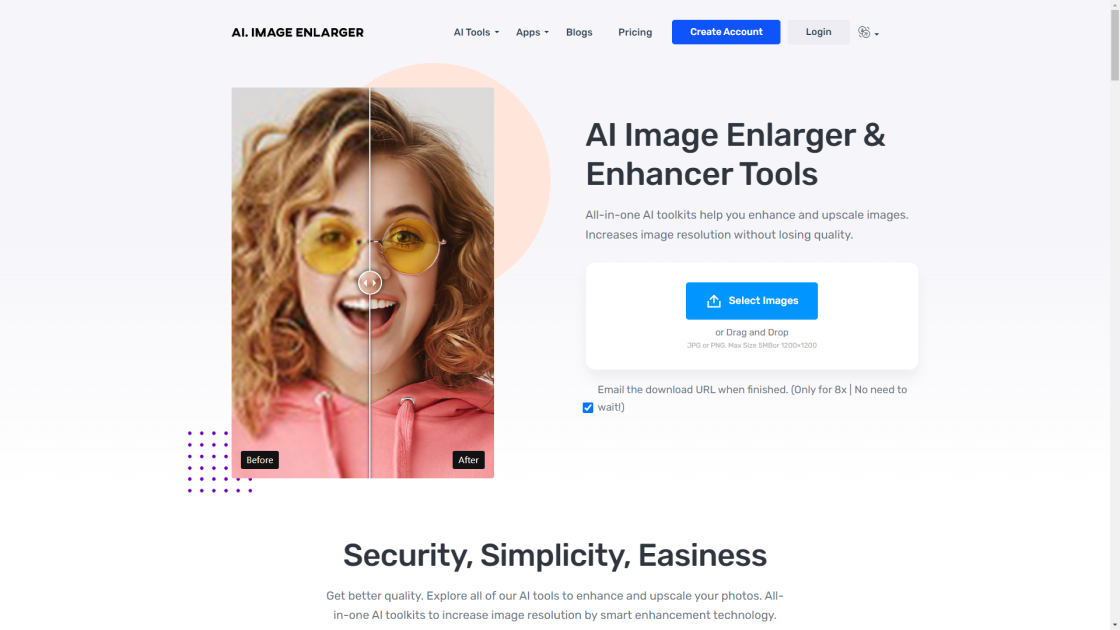
AI Image Enlarger
AI Image Enlarger | Enlarge Image Without Losing Quality!

Voicemaker
Voicemaker® - Text to Speech Converter
Flask is a popular micro web framework that has been written in the Python programming language. It is known for its simplicity, flexibility, and ease of use, making it an ideal choice for developers who want to create web applications quickly and efficiently. Flask is based on the Werkzeug toolkit, which provides a set of low-level utilities for handling HTTP requests and responses, and the Jinja2 template engine, which allows developers to create dynamic web pages with minimal effort.
One of the key advantages of Flask is its lightweight nature. Unlike other web frameworks that come with a lot of pre-built features and libraries, Flask allows developers to pick and choose the components they need, making it highly customizable and adaptable to a wide range of use cases. Additionally, Flask has a strong community of developers who contribute plugins, extensions, and other tools that can be easily integrated into a Flask application.
Overall, Flask is an excellent choice for anyone looking to build web applications in Python. Its simplicity and flexibility make it easy to get started, while its customizable architecture and rich ecosystem of extensions make it a powerful tool for building complex applications at scale.
Flask is a micro web framework that simplifies the process of building web applications using Python programming language, Werkzeug toolkit, and Jinja2 template engine.
Flask works by providing a set of tools and libraries that developers can use to build web applications in Python. It uses a lightweight design approach that allows developers to create small and simple applications quickly.
Some of the benefits of using Flask include its simplicity, flexibility, scalability, and ease of use. It also has a large community of developers who contribute to its development and maintenance.
Flask is a micro web framework that is designed to be lightweight and flexible, while Django is a full-stack web framework that includes many built-in features and tools for building complex applications.
Yes, Flask is relatively easy to learn compared to other web frameworks. It has a simple and intuitive syntax that makes it easy for beginners to get started.
Yes, Flask can be used for large-scale applications. It is designed to be scalable and can handle high traffic websites with ease.
Werkzeug toolkit is a collection of utilities and libraries that Flask uses to implement some of its core features such as routing, debugging, and error handling.
Jinja2 is a popular template engine that Flask uses to render HTML templates. It is known for its flexibility and ease of use.
Flask can be used to build a wide range of web applications including blogs, e-commerce sites, social networks, and more.
Yes, Flask has excellent documentation that is easy to follow and understand. It includes tutorials, guides, and examples that make it easy for developers to get started with the framework.
| Framework | Language | License | Size | Routing | Templating | ORM | Async Support |
|---|---|---|---|---|---|---|---|
| Django | Python | BSD | Large | Yes | Yes | Yes | No |
| Pyramid | Python | BSD | Large | Yes | Yes | Yes | Yes |
| Bottle | Python | MIT | Small | Yes | Yes | No | No |
| CherryPy | Python | BSD | Medium | Yes | No | No | Yes |
| Tornado | Python | Apache 2 | Large | Yes | Yes | No | Yes |
| Express.js | JavaScript | MIT | Large | Yes | Yes | No | Yes |
| Koa | JavaScript | MIT | Small | Yes | Yes | No | Yes |
Flask is a micro web framework that is written in Python and based on the Werkzeug toolkit and Jinja2 template engine. Flask is known for its simplicity, flexibility, and modularity. It is designed to be lightweight and easy to use, making it a popular choice for building small to medium-sized web applications.
One of the key features of Flask is its minimalism. Flask provides only the basic tools necessary for building a web application, leaving the rest up to the developer. This allows developers to create custom solutions that fit their specific needs. Flask's modular design also makes it easy to add new functionality as needed.
Another important aspect of Flask is its support for extensions. Flask has a large ecosystem of third-party extensions that can be used to add functionality such as authentication, database integration, and more. These extensions are often easy to install and use, making it simple to add new features to a Flask application.
Flask also supports a variety of templating engines, including Jinja2, which is one of the most popular. Jinja2 allows developers to create dynamic HTML templates that can be easily customized and reused across multiple pages. This makes it easy to create a consistent look and feel across an entire web application.
One of the strengths of Flask is its support for RESTful APIs. Flask makes it easy to build APIs that can be consumed by other applications or services. This is particularly useful for building web applications that need to integrate with other systems.
Overall, Flask is a powerful and flexible web framework that is well-suited for building small to medium-sized web applications. Its minimalism, modularity, and support for extensions make it a popular choice for developers looking to build custom solutions that fit their specific needs.
TOP